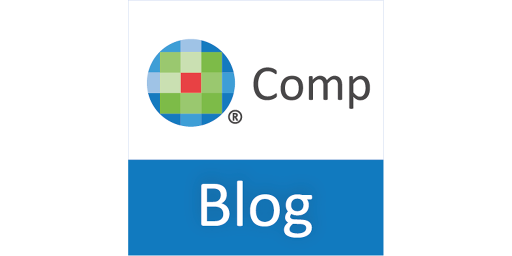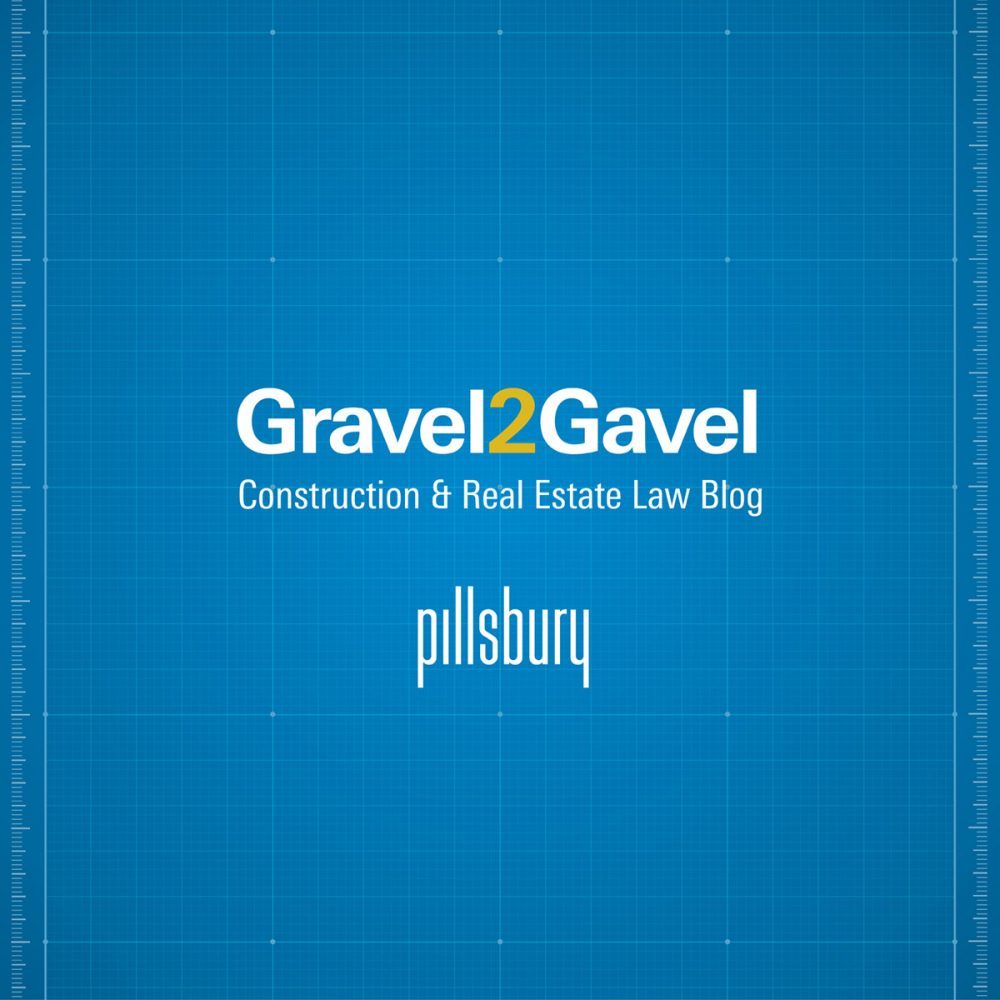A&O Shearman
Ortovox Sportartikel GmbH v. Mammut Sports Group AG/GmbH (UPC_CFI_16/2024), Dusseldorf Local Division (January 14, 2025) ORD_63219/2024.
Anyone developing or marketing an innovative product will want to ensure that they do not infringe existing intellectual property rights. It is important to avoid indirect patent infringement, such as by providing technical instructions or specific instructions on how to use a patented feature. They should avoid giving explicit instructions in their advertising and other customer information on how to activate patented features. Customers’ warnings and deactivating a patent-infringing feature are not enough. Manufacturers and suppliers should carefully review and secure their software and customer notices accordingly.
Background
The decisions refer to European Patent EP 3 466 498 (EP’498), a “search device for avalanche victims and method for operating a search device for avalanche victims” (avalanche transceiver). The invention aims to make voice messages more understandable by reducing or suppressing audio signals. This method must relate to an event that occurs during the search for other avalanche transceivers.
Mammut was selling its “Barryvox S2” avalanche transceiver, which did not come with voice control by default. Users could manually activate voice controls. Mammut claimed that the feature was unavailable in Germany and Austria. However, customers were able to use it in these countries if they activated voice control first abroad. It was the first PI ever in UPC’s history to be confirmed on appeal. ORD_44387/2024 of September 25, 2024).
Judgment
In its decision on the merits of January 14, 2025, the LD Dusseldorf again confirmed that Mammut infringed the patent both directly and indirectly by distributing its “Barryvox S2”. The court found indirect infringement despite the warnings the defendants had published by then for Germany and Austria. The court stated that by offering their customers the option to activate the voice control feature via a corresponding application, the defendants encouraged them to use this option. The LD held that the defendants had sufficient knowledge of the potential indirect infringement because they advertised the patent-infringing feature. Because the defendants advertised the patent-infringing feature, the LD held that the defendant had sufficient knowledge of the potential indirect infringement.
Finally, the LD declared that it was only possible to prevent the entry or reentry of the infringing products onto the market by a software-based deactivation of voice control if it was not possible to restore the product to a patent-infringing state.
UPC approach on indirect patent infringement
The LD Munich was the first to elaborate on the issue of indirect patent infringement in its decision of August 27, 2024 in Hand Held Products, Inc. v. Scandit AG, ORD_46277/2024 (UPC_CFI_74/2024). The patent in question EP 3 866 551 concerned a mobile device that could read decodable characters, such as barcodes. The court focused its attention on the distinction between indirect and direct patent infringement. Direct patent infringement can occur, for instance, if a supplier or manufacturer controls the actions of their customers, using them as “extended workbench”. Advertising certain patent-protected features can also constitute indirect patent infringement. The LD Munich ruled that Scandit had indirectly infringed the patent because it could be assumed that the customer would use the products in the way suggested in the supplier’s advertising messages, instructions for use and other documents.
The LD Dusseldorf in Ortovox supports this view by finding that, based on the advertising measures taken, the defendants knew (or at least should have known) that the products could objectively be used in a patent-infringing manner.
The LD Munich considered an “absolute ban” (a complete sales ban) to be appropriate, since a “relative ban” (e.g., warnings for customers) would not be sufficient as there would be no control. The LD Dusseldorf also adopted this approach in Ortovox, finding that if software is deactivated it cannot be activated by simple means, such as an app. The UPC follows a consistent approach and is rather strict in ensuring effective enforcement of patents. Manufacturers and suppliers should be careful when designing advertising and product information. They can be held responsible for the conduct of their customers if they encourage them to enable a specific feature that leads to infringement or deliberately exploit such a feature when they know or ought to know that such infringing use is likely. Accordingly, manufacturers and suppliers need to be particularly careful when designing advertising and product information.
Key takeaways
Manufacturers and suppliers can be held responsible for the conduct of their customers if they induce them to enable a specific feature that leads to infringement or deliberately exploit such a feature when they know or ought to know that such infringing use is likely to take place.
Infringers who adopt the actions of their customers as an extended workbench may even run the risk of being held liable for direct patent infringement.
To prevent infringement, manufacturers and suppliers should not provide explicit instructions on how to activate patented functions in their advertising or other customer information.
Using appropriate clauses or sending out warnings to (potential) customers is generally not enough to prevent patent-infringing conduct since it is not sufficiently certain that the notice will be recognized and followed by the customer.
If a patent-infringing function is deactivated via software, it should be ensured that the feature cannot be subsequently activated by simple means such as via an app.
- The author thanks Laura Schnackerz and Eva Luhring for their help in drafting this article.






